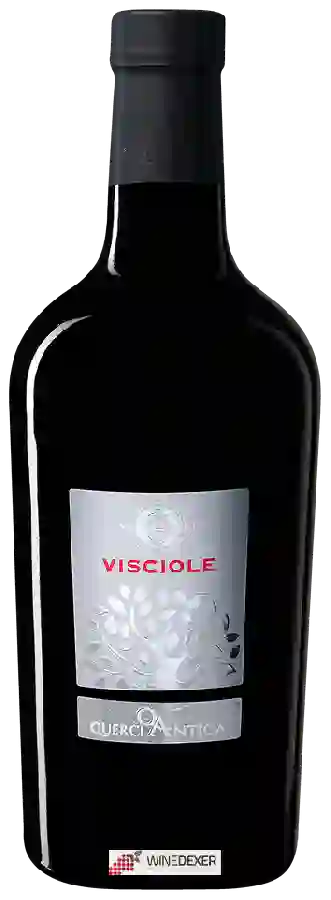
Winery VelenosiQuerciantica Visciole Selezione
In the mouth this red wine is a powerful with a nice freshness.
This wine generally goes well with poultry, beef or veal.
Taste structure of the Querciantica Visciole Selezione from the Winery Velenosi
Light | Bold | |
Smooth | Tannic | |
Dry | Sweet | |
Soft | Acidic |
In the mouth the Querciantica Visciole Selezione of Winery Velenosi in the region of Tuscany is a powerful with a nice freshness.
Wine flavors and olphactive analysis
On the nose the Querciantica Visciole Selezione of Winery Velenosi in the region of Tuscany often reveals types of flavors of non oak, microbio or oak and sometimes also flavors of spices, red fruit or black fruit.
Food and wine pairings with Querciantica Visciole Selezione
Pairings that work perfectly with Querciantica Visciole Selezione
Original food and wine pairings with Querciantica Visciole Selezione
The Querciantica Visciole Selezione of Winery Velenosi matches generally quite well with dishes of beef, lamb or veal such as recipes of american style beef marinade, bitumen leg of lamb or pasta with veal stock sauce.
Details and technical informations about Winery Velenosi's Querciantica Visciole Selezione.
Discover the grape variety: Tzolikoouri
Most certainly finding its first origins in Georgia. It can be found in Italy, Germany, Slovak Republic, Ukraine, Republic of Moldova, Czech Republic, Romania, Bulgaria, Russia, ... in France, it is practically unknown.
Last vintages of this wine
The best vintages of Querciantica Visciole Selezione from Winery Velenosi are 2015, 2013, 2011, 2008 and 0.
Informations about the Winery Velenosi
The Winery Velenosi is one of of the world's greatest estates. It offers 79 wines for sale in the of Tuscany to come and discover on site or to buy online.
The wine region of Tuscany
Tuscany is one of the most famous and prolific wine regions in Europe. It is best known for its Dry red wines made from Sangiovese grapes, which dominate production. These include Chianti, Brunello di Montalcino and Vino Nobile di Montepulciano. The region's Vin Santo is also highly prized, as are its passito dessert wines, though these are produced in comparatively tiny quantities.
The word of the wine: Plant
Smells present in certain wines and characteristic of the plant world. Heather, mint or blackcurrant leaf are considered pleasant, while herbaceous notes are considered a defect.














